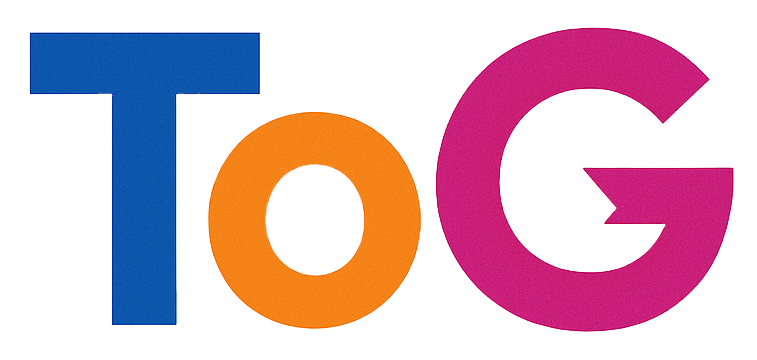Understanding the Growing Tension Between Agencies and Clients Over AI Chat Optimization
In the rapidly evolving landscape of digital marketing, a notable shift is unfolding—and not everyone is on the same page. As AI-driven chat interfaces like ChatGPT gain prominence, a subtle yet significant conflict is emerging between agencies and their clients regarding the importance and management of AI chat optimization.
Weekly, I engage with numerous agency founders and heads of SEO—roughly 8 to 10 conversations—discussing their core challenges. A recurring theme arises: approximately 80% of these professionals report that their clients are increasingly concerned about how agencies are adapting to AI chat platforms and how these shifts influence search rankings and visibility.
This demand prompts a critical question: How should SEO agencies respond to client expectations surrounding AI chat performance? The prevailing sentiment among many SEO experts, including myself, is somewhat cautious. Here are some key considerations:
-
Traditional SEO Principles Remain Predominant: It is estimated that 80-90% of rankings within AI chat responses still derive from conventional SEO tactics—optimized content, authoritative backlinks, and solid technical foundations.
-
Limitations of AI Chat Capabilities: ChatGPT and similar models have access to only a fraction—around 1%—of the vast data ecosystem underlying Google’s search engine. Furthermore, their growth rate appears to be plateauing, which dampens the immediate urgency of AI-centric strategies.
-
Challenges in Measuring AI Chat Visibility: Unlike search engine rankings, which are trackable via established tools like Google Search Console or SEMrush, measuring visibility within AI chat responses remains imprecise. Current “AI visibility tracking” tools are approximations at best, often lacking the accuracy of traditional clickstream analytics. This complicates efforts to justify investment or demonstrate ROI in AI chat optimization.
Historically, emerging SEO landscapes began with tools like Google Keyword Planner, later supplemented by Search Console, and refined with advanced competitor research platforms such as Ahrefs and SEMrush which utilize clickstream data. Today, however, we lack equivalent precision tools for AI chats; we rely on nascent tracking solutions that attempt to emulate clickstream analytics but cannot yet replace them convincingly.
So, despite these technical and strategic challenges, the demand from business owners persists. Many believe that optimizing for AI chats could unlock substantial visibility; thus, they push agencies to adapt quickly. Educating clients about the actual capabilities of AI models—highlighting that they currently operate with limited data access—can be an uphill battle.

